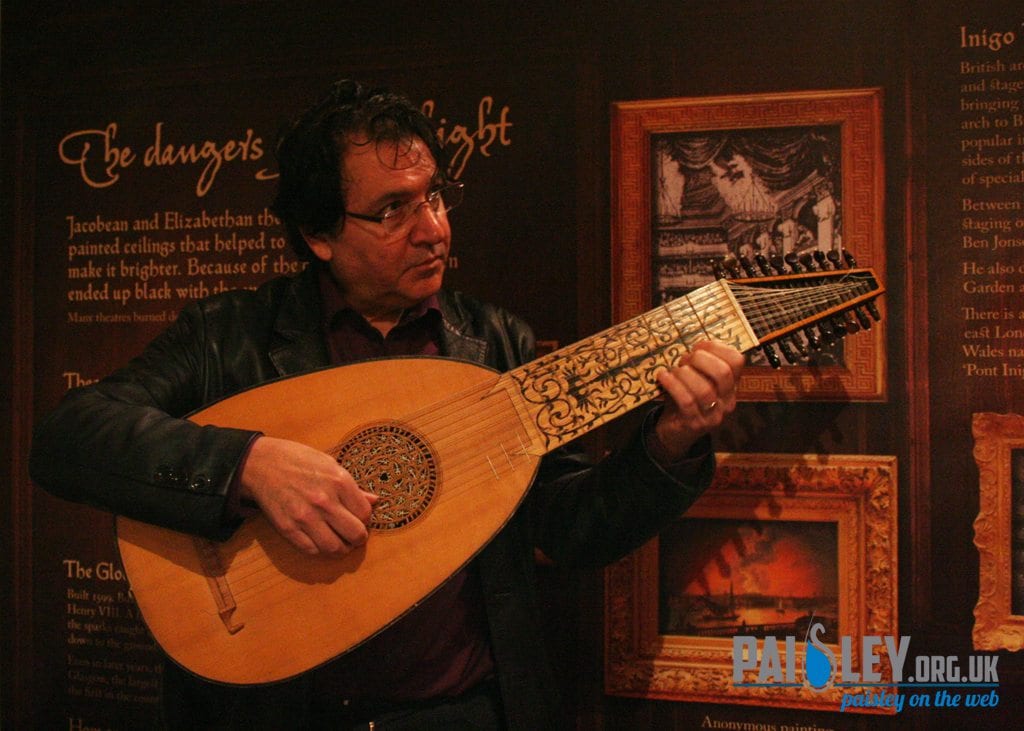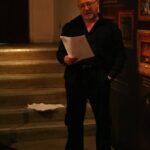Lighting up Shakespeare combines Jacobean history (the period when Shakespeare’s plays were written and first performed) with the latest LED technology to authentically and safely create a unique audience experience. The project came from my own interest as a lighting designer; I wondered how it might have looked and how lighting could alter the dynamics of a theatre.
The project provides two aspects to the Jacobean stage; covering the stage with light as if lit by chandeliers and using prop lighting such as cressets and lanterns. Chandeliers hung over the stage and also provided light onto the audience. Cressets provided light at the front doors of the theatre and were then moved to the stage to add side light once the play started. These items would have used tallow (animal fat) with a wick made from rush or flax.
Footlights added extra light and were basic to begin with; merely oil lamps placed at the front of the stage but later with advances from Nicola Sabbatini, became more technical and even had methods of “dimming”.
I originally wanted to recreate the Jacobean stage but the wide eyed look from my health and safety manager made me reconsider and that got me thinking… How do you recreate candle-light? How can we keep history alive without the health and safety risks? My answer? LEDs.
LED or Light Emitting Diode to give it its full title, have boomed in to the market of recent years and have been incorporated in to what seems like just about everything. The main advantage to LEDs is their mono-chromaticity. Now, this does present its own problems but if you took a normal tungsten light bulb and you dimmed it, you would notice it turning a more orange colour; its colour temperature changes. If you dim an LED, its colour temperature does not change thus making it much easier to match the colour of the candle along with the light level or lux level.
Both stage lighting and prop lighting have two elements; the colour and the flicker. The tallow creates an orange-yellow flame, more orange than a modern day candle and not as bright. To achieve this match, I used two different colour combinations: red, green and blue and orange, white and green. When projected on to a reference white background, both combinations produced an exact metamer (colour match) to the tallow candle.
There’s so much more information I’d like to share with you on this project so please visit my website www.lightingupshakespeare.wordpress.com
Emma Armstrong is Stage Technician for Renfrewshire Arts and Museums, Scotland. There will be a “Lighting up Shakespeare” exhibition at Paisley Museum, Renfrewshire, Scotland. It will be a small exhibition all about the work I have done on this project. This opens on August 22nd 2012 and will run for 10 weeks. I will also be presenting a paper at the Glasgow Progress in Colour Studies Conference on July 11th 2012.






